Spring cleaning your irrigation system prolongs life and improves watering efficiency, saving time, water and money
When spring arrives and freezing temperatures cease, it's time to turn on irrigation systems and start watering again. However, when you do so, you should take a few very important steps to make sure you do not damage pipes or irrigation components. It is always best to hire a professional contractor. We have provided a spring start-up guide below to help ensure your Hunter system is up and running with ease and efficiency.

By adding a Hunter Solar Sync to your system, you can ensure your system is running as efficiently as possible throughout the year. The Solar Sync ET sensor is an advanced weather sensor that automatically adjusts Hunter controllers daily based on local weather conditions. Automatic adjustments benefit the environment by reducing wasteful watering, which also benefits your wallet.
-
Step 1
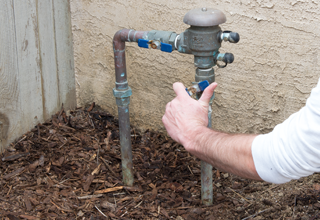
Open the system main water valve slowly to allow pipes to fill with water gradually. If these valves are opened too quickly, sprinkler main lines are subjected to high surge pressures, uncontrolled flow and water hammer, which may cause them to crack or burst.
-
Step 2
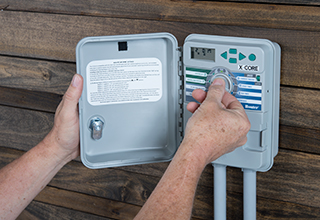
Verify the proper operation of each station valve by manually activating all zones from the controller.
-
Step 3
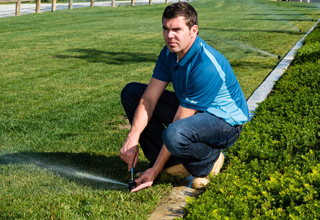
Walk through each station on the controller, checking for proper operation of the zone. Check for proper operating pressure (low pressure indicates a line break or missing sprinkler), proper rotation and adjustment of sprinkler heads, and adequate coverage. Check and clean filters on poorly performing sprinklers. Adjust heads to grade as necessary.
-
Step 4
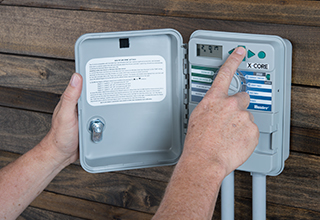
Reprogram the controller for automatic watering. Replace the controller back-up battery if necessary.
-
Step 5
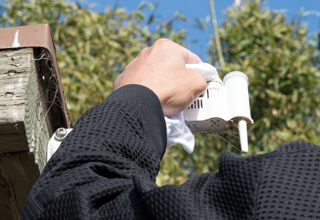
Uncover and clean the system weather sensor, if applicable.
Remember, it is always best to hire a qualified professional contractor when performing tasks like Spring Start-Up. Irrigation contractors are experts in hydraulics, proper sprinkler system layout, plant watering requirements and soil types. Their skills will ensure a water-efficient system and years of trouble-free operation.

